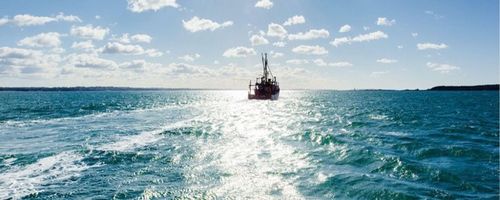Sustainability Round
This year’s sustainability round, announced by Fisheries Minister Stuart Nash last week, saw 11 catch limits increase and 12 decrease.

A decrease in catch has very real consequences for fishing families and should not be taken lightly, however we must be prepared to act when stocks need to be rebuilt.
This is the Quota Management System in action. While stocks naturally fluctuate in size and catches are managed accordingly, the level of science available also influences catch decisions. With less science available to inform management, catches have to be more conservative and precautionary to account for any uncertainty.
The biggest reduction in inshore was for east coast tarakihi, which will be reduced by 20 percent while the industry works on a plan to rebuild the stock. Tarakihi is a fish retailer’s staple with some 90 percent of tarakihi caught in New Zealand waters sold domestically.
Other inshore species to face cuts include Northern North Island flatfish (FLA 1) down from a Total Allowable Catch (TAC) of 1762 to 986 tonnes, and Northern North Island John Dory (JDO 1), dropping from 704 to 423 tonnes.
In the deepwater fisheries all four fisheries that were reviewed had their catch limits increased. Ling (LIN 5), oreo (OEO 4) and scampi (SCI 3) all had 20 percent catch increases. Orange roughy (ORH 3B) increased 17 percent.
As the recent The State of World Fisheries and Aquaculture report by the FAO points out, there is a stark difference in sustainability between countries that enforce a robust fisheries management regime and those that do not. These catch decisions demonstrate New Zealand’s adaptive and precautionary approach to fisheries management.
While decisions such as the one made around tarakihi last week will hit hard for some, the long term benefits are significant.
With some 97 percent of fish landed in New Zealand coming from sustainable stocks and some 50 percent of our fisheries certified as sustainable by the Marine Stewardship Council, we can be proud of our efforts, due in no small part to the science driving the QMS.
For full details on the recent TAC decisions, click here.
